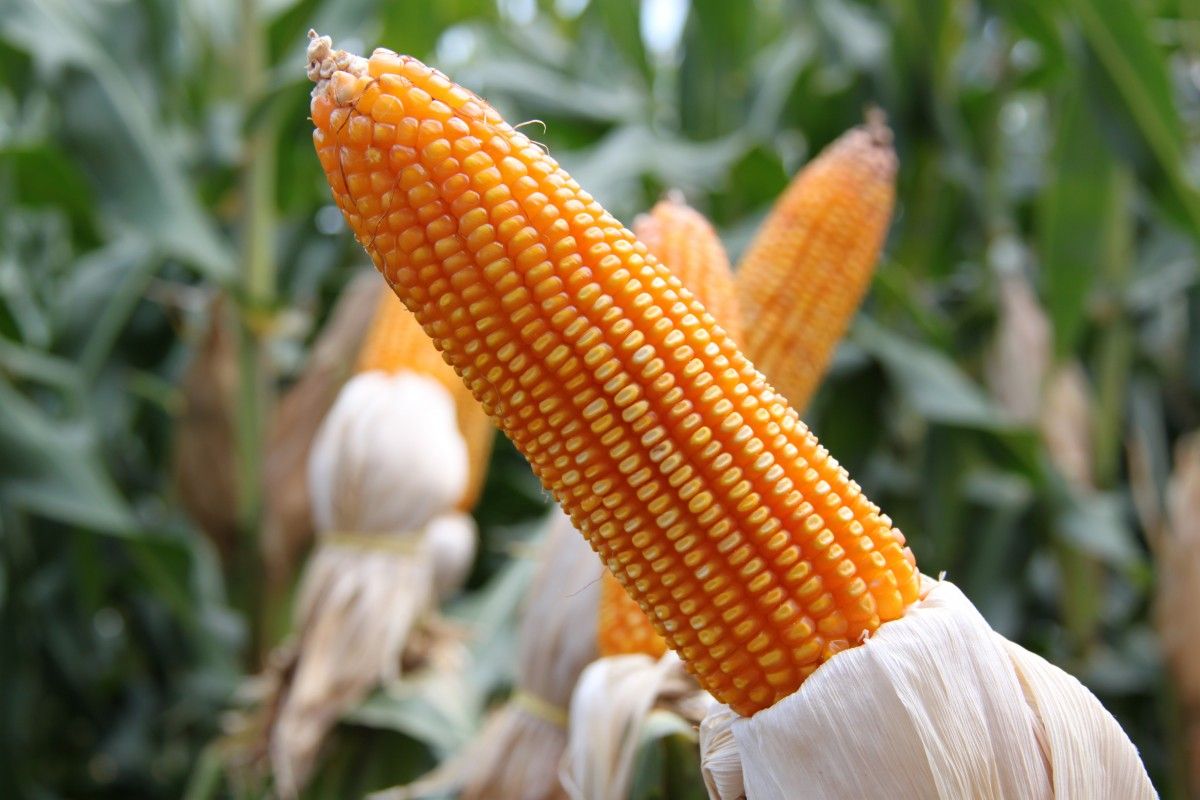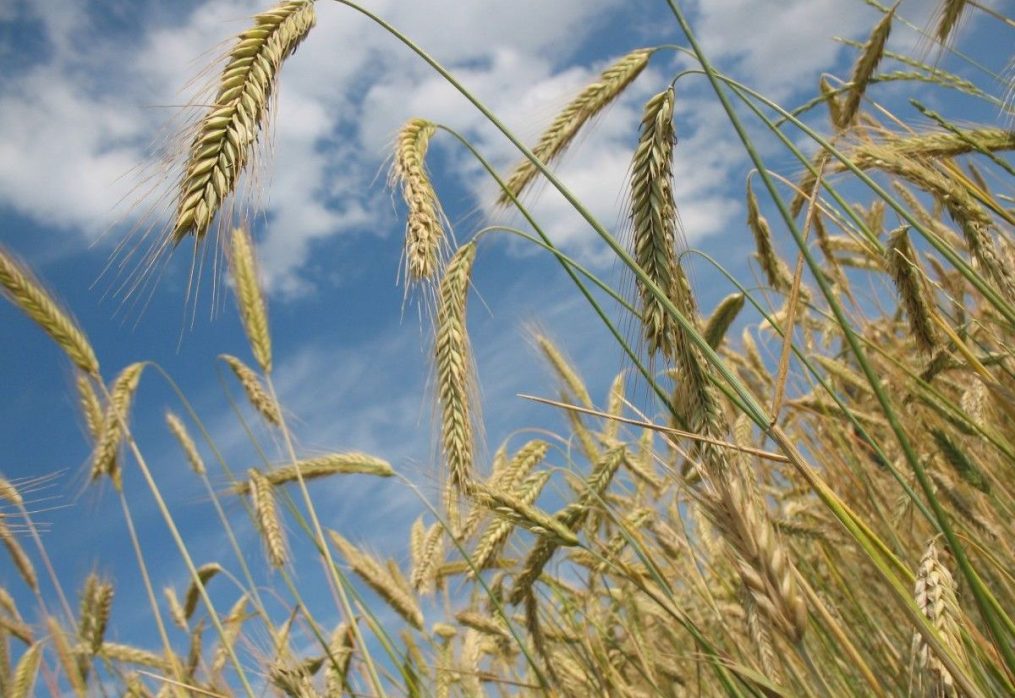Global wheat prices continue to rise: the reasons
How global wheat prices are linked to rising demand for corn
Following the record rates for corn, world prices for wheat are also increasing. This trend is due to a number of factors, among which are an increase in demand and concerns about favorable weather conditions. In addition, the market is under pressure by reducing the difference in the value of feed wheat and corn.
According to S&P Global Platts, Black Sea grains with protein concentration at 12.5% were down $48.8 per ton. The price of Australian wheat reached $33 per ton. As noted by experts, such fluctuations are the norm for the season, while they take into account the fast deliveries from the Black Sea region.
However, the current seasonal correction differs from the previous ones, it was short-lived. Grain indices went up sharply. The corn index for the Northeast region rose to $325 per ton, reaching a record high since 2016.
The increase in the cost of corn was a key factor in the rise in wheat prices. The fact is that it’s important to maintain a certain ratio of rates for these crops to balance the market. Traditionally, feed wheat is more expensive than corn, which is explained by the greater nutritional value of the former.
Since April, the difference between Australian feed wheat and corn prices has narrowed to $46 per ton, the lowest since 2019.

Even slight fluctuations in supply or demand have an impact on corn price formation, with the growing demand for the crop from China, the market is experiencing serious pressure. Intense recovery of hog herds in the country is keeping a steady demand on the world market, even despite regular restocking by local farmers. Chinese traders bought 3 million tons of new crop corn from the U.S. last month. Even though this information has not been officially confirmed, it has caused a stir on the market and a jump in product prices.
In addition, Chinese farmers began to increase the content of wheat in animal feed. Such a trend is due to an increase in the price of corn. In addition, the Chinese government advises local farmers to reduce the purchase of soybean meal and corn in order to reduce dependence on these products. The authorities are advising to look for alternative components for the production of feed mixes. In this regard, demand for wheat from China has increased, with large shipments coming from Australia, although there are strained trade relations between the countries as well.
Following China, Korea is also increasing its share of purchases of feed wheat and reducing purchases of corn.
